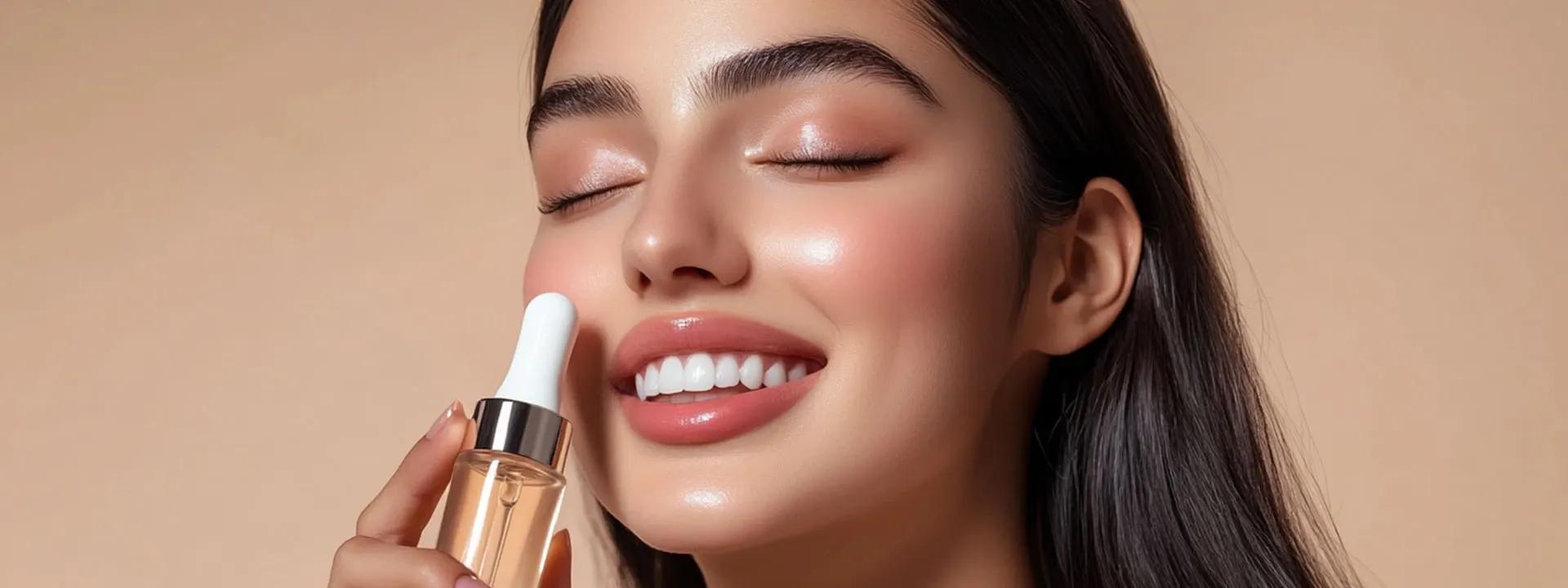Once you've cracked the code on your skin type, building a skincare routine by type becomes much simpler. Each skin type has different needs—oily skin might need gentle oil control, whilst dry skin craves moisture and nourishment. The goal is creating a routine that supports your skin's natural balance rather than fighting against it.
Remember, consistency trumps complexity every time. A simple routine that suits your skin type will always outperform a complicated one that doesn't.
Essential Steps for All Skin Types
Cleansing should be gentle but effective, removing dirt and buildup without stripping your skin's natural oils.
Toning helps balance your skin's pH and can add extra hydration or oil control depending on your needs.
Moisturising is crucial for every skin type—yes, even oily skin needs moisture, just in a lighter formula.
Sun protection is non-negotiable for all skin types and should be the final step in your morning routine.
Frequently Asked Questions
Can my skin type change over time?
Absolutely. Hormones, age, climate, and lifestyle can all influence your skin type. It's worth reassessing every few months to ensure your routine still matches your skin's needs.
How often should I reassess my skin type?
Every 3-6 months is ideal, or whenever you notice significant changes in how your skin behaves or feels.
Does diet affect my skin type?
Whilst diet doesn't change your fundamental skin type, it can influence oil production, inflammation, and overall skin health.
Can I have more than one skin type?
Yes, combination skin is exactly that—different areas of your face can have different characteristics, which is perfectly normal.
Final Thoughts
Determining skin type doesn't have to be complicated or expensive. Whether you try the bare-face test, use blotting papers, or book a dermatologist consultation, the key is understanding what your skin needs to thrive. Once you know your skin type, choosing products becomes so much easier and more effective.
This is where platforms like Smytten become your skincare bestie. As India's largest product discovery and trial platform, Smytten connects you with over 1,500 trusted skincare brands through curated trial packs. Instead of committing to full-size products that might not suit your skin type, you can try mini-sized versions first. With options to get up to 8 minis for just ₹249 and 100% cashback redeemable for future orders, it's the perfect way to experiment and find what works for your unique skin. After all, why settle for 'maybe' when you can Try It All and discover your perfect skincare match?
